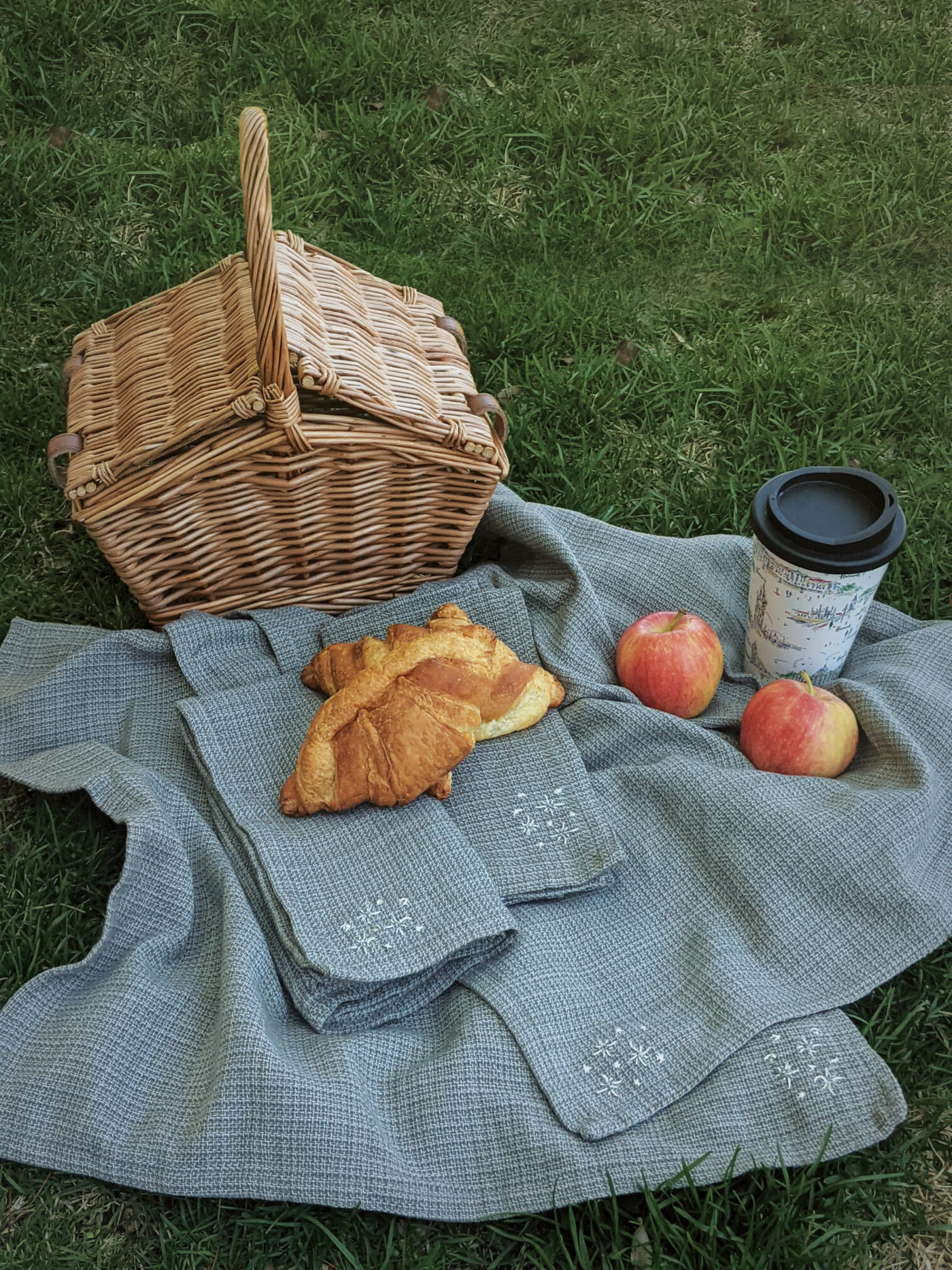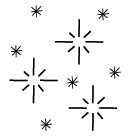
Lately I’ve been thinking about a collection of stories from the Middle Ages, by Giovanni Boccaccio, called The Decameron. I wouldn’t say it’s aged particularly well (although Shakespeare, Tennyson, and Molière all borrowed stories from it and remade them into their own), but the plot surrounding the hundred short stories contained in the book has never felt more relevant to me.
Let me set the scene: It is the fourteenth century, and the Black Death is sweeping the globe with staggering mortality rates. To avoid contracting the plague, seven young women and three young men flee Florence and stay at an abandoned villa in the countryside for two weeks. At night they tell stories to keep each other entertained. It was a pre-Netflix world, so this is clearly what needed to be done so that no one was alone with their grief and misery.
Can you imagine? Zero work responsibilities, together with your friends, in an Italian villa to ride out the pandemic? Without any Internet?
I attempted something like this, in our modern equivalent. I rented an Airbnb with my family and one other—eight of us in a beautiful old house in a nearby countryside that never ceased to feel borrowed. We had swapped the box that we live in with all our stuff for a bigger box we had to bring a bunch of our stuff to. We didn’t feel different or happier, it just imbued the days with a sense of “we should get out and do something” to make the most of our time there.
But I did not want to make the most of my time there. I wanted to lean against the walls of the small box I live in, succumb to all my hermit tendencies, and do the things that gave me a false sense of purpose or direction, like laundry or filling an online shopping cart with items I never end up buying. I did not want to rummage through the cupboards of a guest kitchen trying to find salt, experimenting with what it would be like to live somewhere else. I wanted to embroider napkins and dream of sitting in parks with coffee and croissants and attempting to reboot friendships that got thin with time and distance.
So that’s what I did—one Sunday morning when the sun was shining but the case numbers were too high to consider really going outside. And then again at night while shovelling in episode after episode of a miniseries, coaxing a needle full of thread through the corner of a napkin, one straight line after another, until a constellation emerged under my hands and I dreamed of sitting in cool grass and laughing with literally anyone I didn’t live with.
And now that that time is here and we can see more of our friends, maybe even new ones, we are telling our stories—the then-sad, now-silly stories of what we have done with our time—how we languished on couches, how we tried new hobbies, all the small tragedies and glories of where we failed and where we flourished.
That hope, that simple conversation where you say something true and vulnerable and it becomes a helium balloon tied to your wrist, a silvery ghost of all the anxiety you’ve carried. And then you’ll tell your small stories, of how you tried to bake bread and, while the comforting smell of warm yeast filled your kitchen, in the end, it tasted dry and rough and not at all like the comfort it promised. And then you’ll let go of that balloon, and it will drift up and over the trees—a shiny coin winking like a star. Then a friend, who feels more like an acquaintance now that so much time has passed, will tell one of their stories, and you’ll laugh and wince until the sun sets and the stars appear, dappling the sky.

(Print out and use as a template.)

Star Embroidered Napkins
Materials
Cloth napkins
Embroidery/sewing needle
Embroidery thread in colour of your choosing (sample shown is D.M.C. 3024, and the metallic version is D.M.C. Light Effects thread in E168)
Embroidery hoop (example shows a 6-inch embroidery hoop, but any size that you are comfortable with will work)
Optional: pencil, wash-away stabilizer
Directions
If using 100% natural fibre napkins, like cotton or linen, prewash and tumble dry to ensure that any fabric shrinking will occur before you add your stitches.
Place napkin in embroidery hoop and arrange fabric until you have the corner secured within the frame.
Trace a star design onto your wash-away stabilizer, or you can draw the design freehand on your cloth napkin with a pencil.
Separate your embroidery thread in half (there are six strands in embroidery thread; you will use three at any given time). Thread the three strands into your needle, and begin stitching the design, all done with straight stitches.
When design is complete, wash away stabilizer (if using), or just wash and iron gently on low.